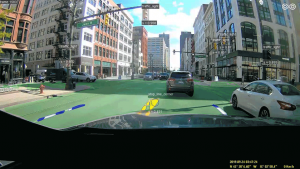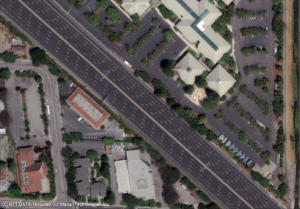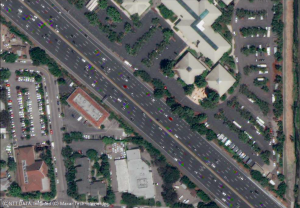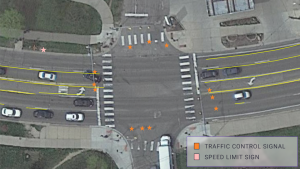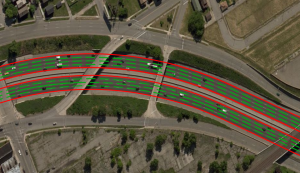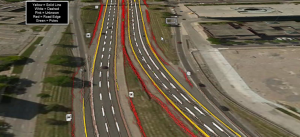Toyota Research Institute works with partners to develop prompt, precise and cost-effective methods for HD mapping for automated driving
The Toyota Research Institute – Advanced Development (TRI-AD), Toyota’s automated driving software development company, has worked with specialist partners to design a new way of producing high-definition road maps for automated driving that don’t require the use of special survey vehicles.
It has successfully completed proof-of-concepts (PoC) for mapping surface roads with an accuracy within 50cm, meeting the level required for automated driving.
The PoCs have verified the effectiveness of two methods for HD map-building: –
- Building map information for automated driving using data derived from cameras mounted on ordinary vehicles and from satellite imagery, instead of from conventional means such as survey vehicles.
- Applying data from the TRI-AD Automated Mapping Platform (AMP) to other companies’ platforms by converting data formats and applying correcting algorithms.
Applying the results of TRI-AD’s PoCs has the potential to reduce delays in updating HD maps for automated driving and allow for HD map coverage to be expanded quickly. The cost of building and maintaining the HD maps can also be substantially reduced.
Proof of concepts – summary of results
TRI-AD worked from April 2019 with its trusted partner Maxar Technologies, an innovator in earth intelligence and space infrastructure, and NTT Data Corporation, Japan’s leading IT services provider, on a proof concept to build HD maps for automated driving using the highest resolution commercial satellite imagery. Maps with a relative accuracy of 25cm were created in 23 Tokyo wards and six other cities around the world. These were verified as suitable for use for automated driving.
TRI-AD and CARMERA, a leading road intelligence platform, have successfully conducted a camera-based HD mapping exercise. As part of their global partnership, they used dashcam recorders to detect and locate key road features, such as lane markings, traffic signals and lights, in Tokyo and two cities in the USA. The project achieved a relative accuracy of 40cm for key navigation features, which is a major advance on the performance of camera-only detection. TRI-AD’s work with CARMERA used the same hardware-agnostic computer vision and processing technology as CARMERA’s real-time events and change management engine, which detects, validates and delivers navigation-critical updates to the company’s HD mapping system in minutes rather than months. By using consumer-grade vehicle cameras that are common worldwide, TRI-AD and CARMERA demonstrated a scalable approach to next generation map-making.
TRI-AD has collaborated on a further PoC with TomTom International, a leading independent location technology specialist.
Together, they showed that lower-class roads (urban roads), including the lane markings required for automated driving, could be successfully created or updated in near-real-time on TomTom’s HD map. This was achieved by verifying the reliability of the vehicle data collected by TRI-AD’s AMP, then converting it for input into TomTom’s cloud-based transactional map-making platform.
TRI-AD has also worked with HERE Technologies, a world-leading location data and technology platform. By correcting positional errors in the vehicle data collected by TRI-AD, HERE was able to automatically create surface road maps using its advanced “Self-Healing” technology. Using vehicle sensor data alone, HERE ingested the data into its platform and automatically generated HD maps, including the lane level information required for automated driving. HERE’s HD Live Map has already been selected to power some of the world’s most prestigious OEM Level 3 automated vehicle programmes.
Mandali Khalesi, Vice President of Automated Driving Strategy and Mapping at TRI-AD, said: “We have moved a step closer to a future where automated driving becomes a safer and more accessible technology for all. We will continue to cooperate with partners as we further refine our accuracy.”
ENDS

